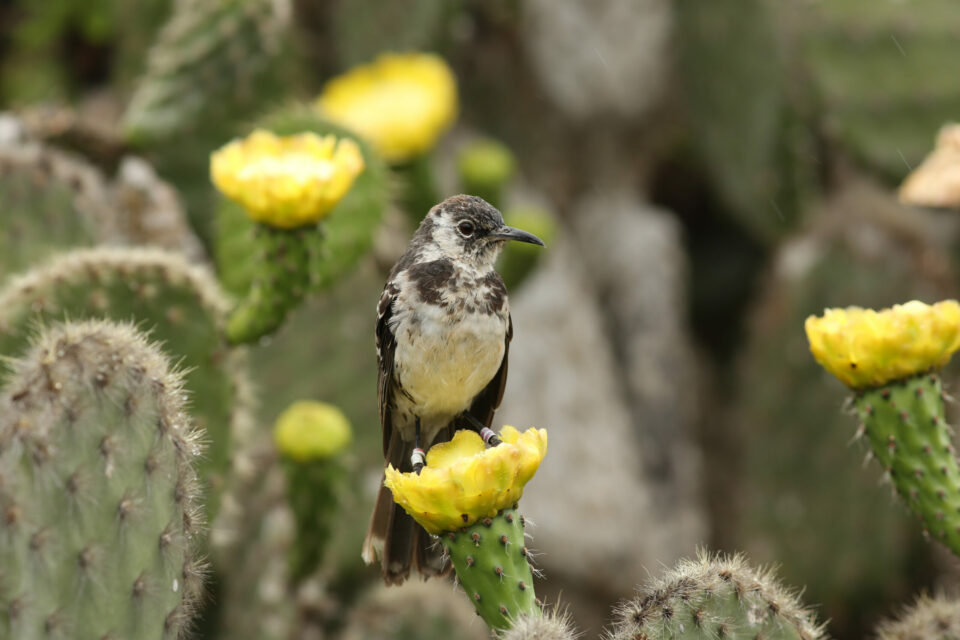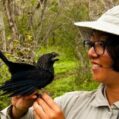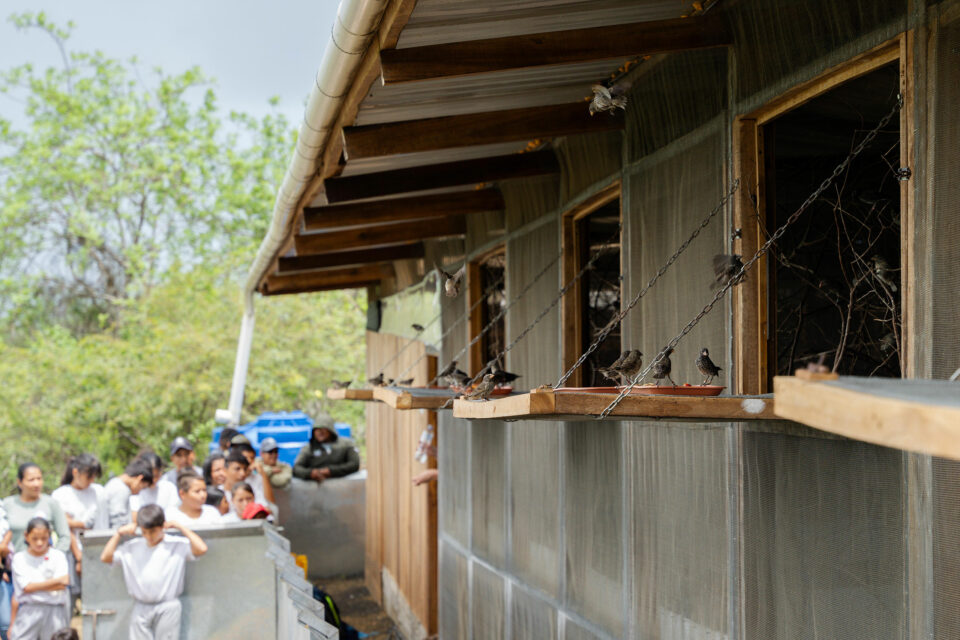

Is urbanisation affecting Darwin’s finches?
It is well known that the evolution of Darwin's finches was driven predominantly by competition between species and the types of food available on each island. What impact, therefore, could the increasing amound of human food found on the Islands have on these birds?
In Puerto Ayora you can find Darwin’s finches everywhere — by the water, at the kioskos (open-air food stalls), at the dock. If you happen to leave some food out at a restaurant, the finches are quick to notice and swoop in for a quick meal before the plates are cleared.
Urbanisation has been increasing globally in recent decades, with more than half the world’s population residing in urban areas. Urbanisation can change patterns of selection and adaptation, even on remote islands such as the Galapagos Archipelago, which has four islands with permanent human populations. One might think pigeons or gulls to be the main scavengers of human foods, but on Galapagos, it appears that Darwin’s finches are taking advantage of the abundance of human foods available in town.
Darwin’s finches are an iconic example of adaptive radiation. Today, there are several species of Darwin’s finches that have evolved from a common ancestor that came from mainland South America about two million years ago. Each species of Darwin’s finch has adapted to consume specific food resources that the other species have a much harder time eating. There is a strong link between the diversity of foods naturally found on the Archipelago and the different shapes and sizes of finch beaks.

Recently, scientists discovered that the size and shape of the medium ground finch’s beak has changed. They think the increase in the size of Puerto Ayora, the largest town on Galapagos, might have something to do with it. With an increase in human population comes an increase in human foods, such as crisps, biscuits and bread. The selection that once shaped the different beak shapes and sizes may no longer be present when there is such a varied diet on offer.
Kiyoko Gotanda, a scientist who studies the intersection of evolution, ecology and behaviour at the University of Cambridge, set out to put this idea to the test. She and her team wanted to find out what are finches in town eating compared to finches in non-urban areas and do finches in urban areas prefer human foods?
They selected four different sites that varied in the degree of urbanisation and the number of tourists. They observed what food each finch was consuming, as well as conducting a cafeteria-style choice experiment where finches were presented with seeds from three local species of foods that finches normally consume, and three human foods (crisps, biscuits and rice).
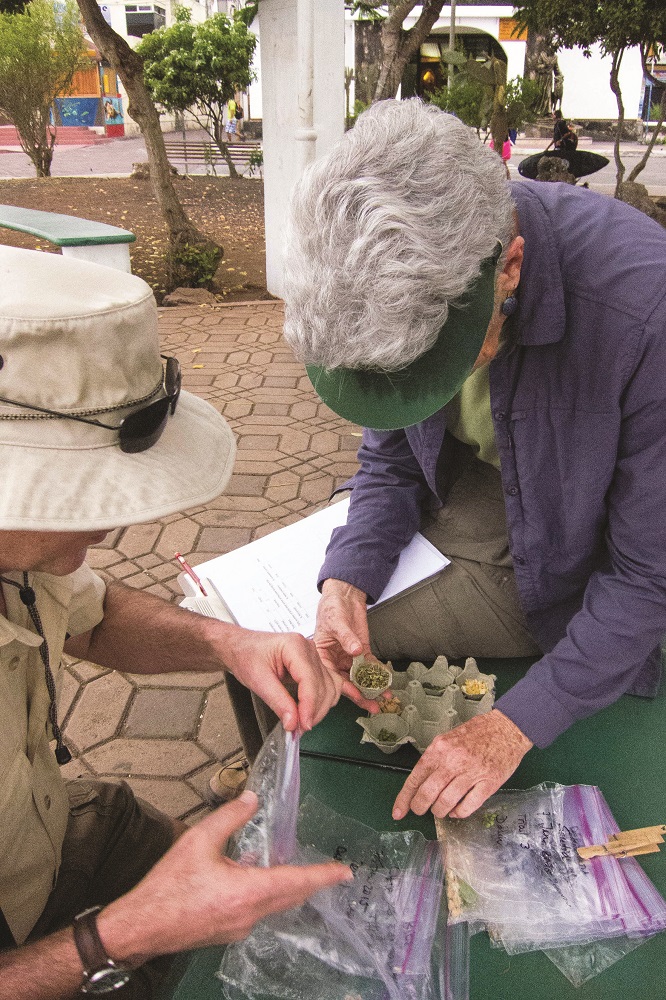
The results showed that finches are eating different things depending on where they live. Finches in Puerto Ayora were observed consuming mostly human foods, while finches in a non-tourist area were observed consuming mostly local foods. They also found, when given a choice, finches in the urban site and tourist sites would much rather eat human foods than natural foods.
Kiyoko’s results are interesting because they show that human behaviour can have consequences beyond what we observe in urban areas. Human food consumption on the beaches has resulted in finches at a beach, kilometres away from an urban centre, developing a taste and preference for human foods. Humans are changing how Darwin’s finches interact with different resources, which may be changing the evolution of Darwin’s finches. They are continuing their research to further tease apart the direct and indirect consequences of humans and urbanisation on Darwin’s finches.
This blog has been adapted from an article Kiyoko Gotanda wrote for our Spring/Summer 2019 edition of Galapagos Matters, which is now available online here.
This research was carried out by an international team of scientists from the United States (University of Massachusetts, Boston and Amherst), Canada (McGill University), Norway (Nord University), England (University of Cambridge) and Ecuador (Universidad San Francisco de Quito). They were supported by Earthwatch both financially and by sending teams of volunteers.
A number of projects occurring in Galapagos will benefit Darwin’s finches. On Floreana, GCT is supporting one of the largest conservation efforts of its kind ever attempted on an island with a human population which will attempt to eradicate invasive predators and directly help the finches found on the island. There is ongoing research into reducing the effects of Philornis downsi on finches, and GCT support a specific project focussed on protecting the mangrove finch.
Help us to protect the vulnerable species of Galapagos by donating today!
Related articles

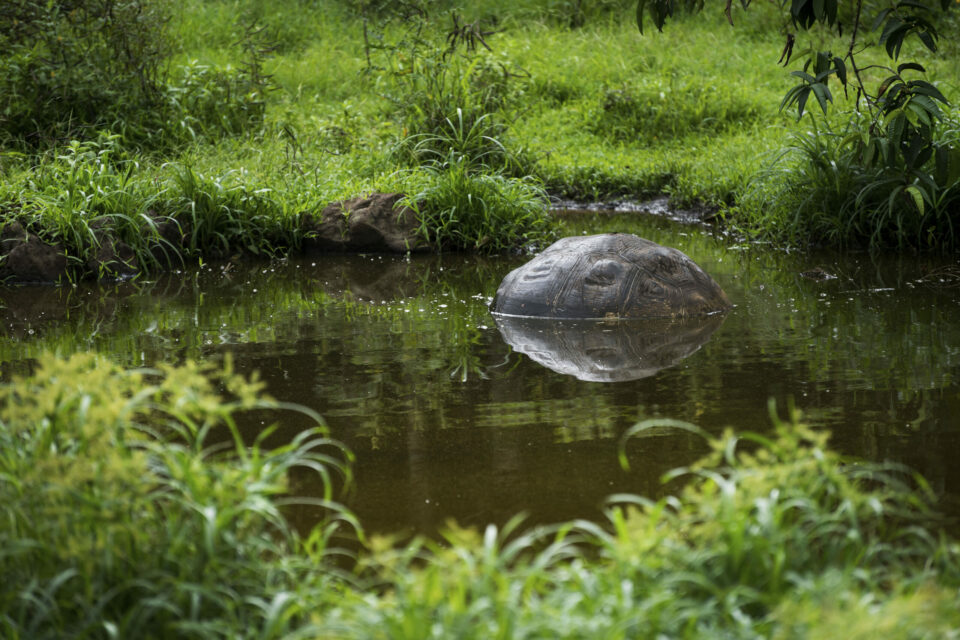
Double your donation to rewild Galapagos with the Big Give
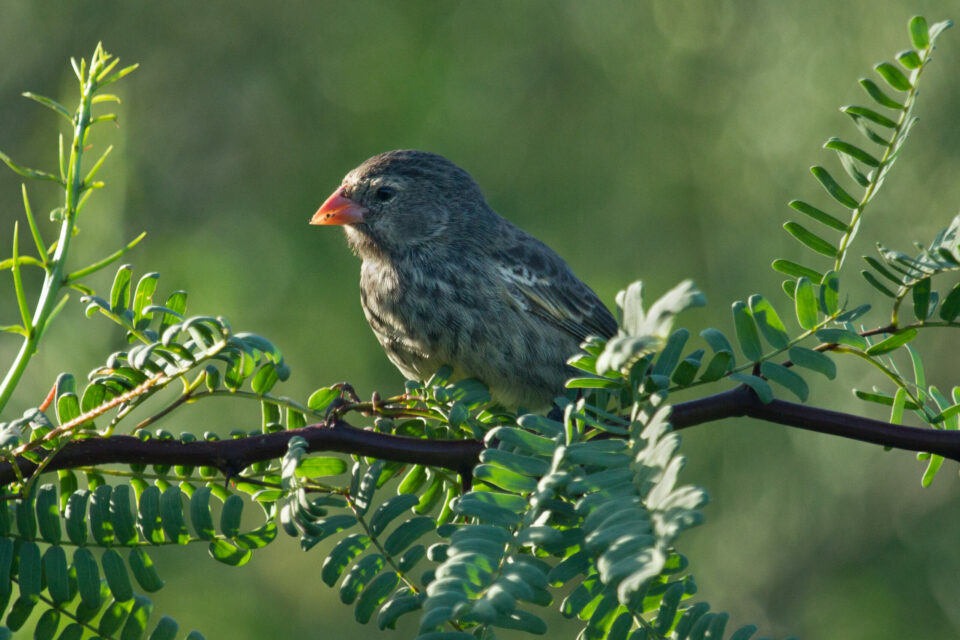
Promising signs on Floreana as five species of finch are released
